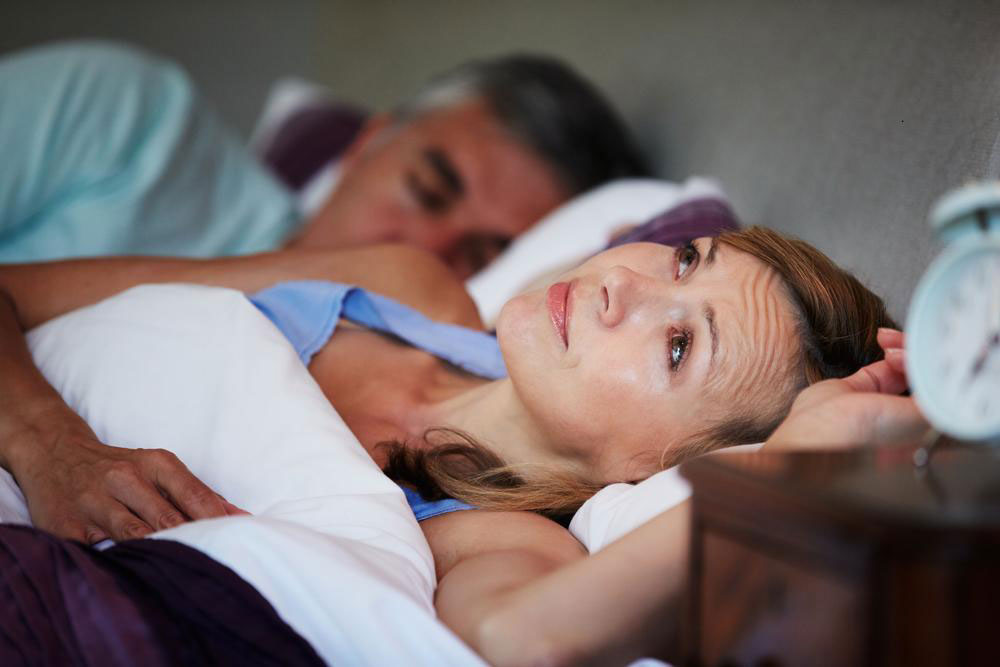An Overview on Classification and Treatment of Insomnia
Tossing and turning in bed, sleepless in the night, is something all of us have had in our lives. And all of us know how frustrating, tiresome and upsetting it can be. Although insomnia comes as a part of other diseases, stress or trauma, it has the capability of worsening the health conditions than they already are. However, the good news is that in spite of the length and severity of insomnia, placing several habits in place can improve the condition a lot. There are quite a lot of things that can be done to help this condition of insomnia and reduce it by a great deal.

Insomnia is classified as short-term or acute insomnia and long-term or chronic insomnia. Acute insomnia is what most of us experience, which happens due to a change in our schedule that could occur due to various reasons. When you experience insomnia over three nights a week for an extended period of about three months or more, it is classified as chronic insomnia. Insomnia can be further classified into sleep onset insomnia, which is the condition you have when you have trouble falling asleep and sleep maintenance insomnia which is the condition you have when you have trouble staying asleep.
Simple habits can make a lot of difference in the insomnia conditions.

